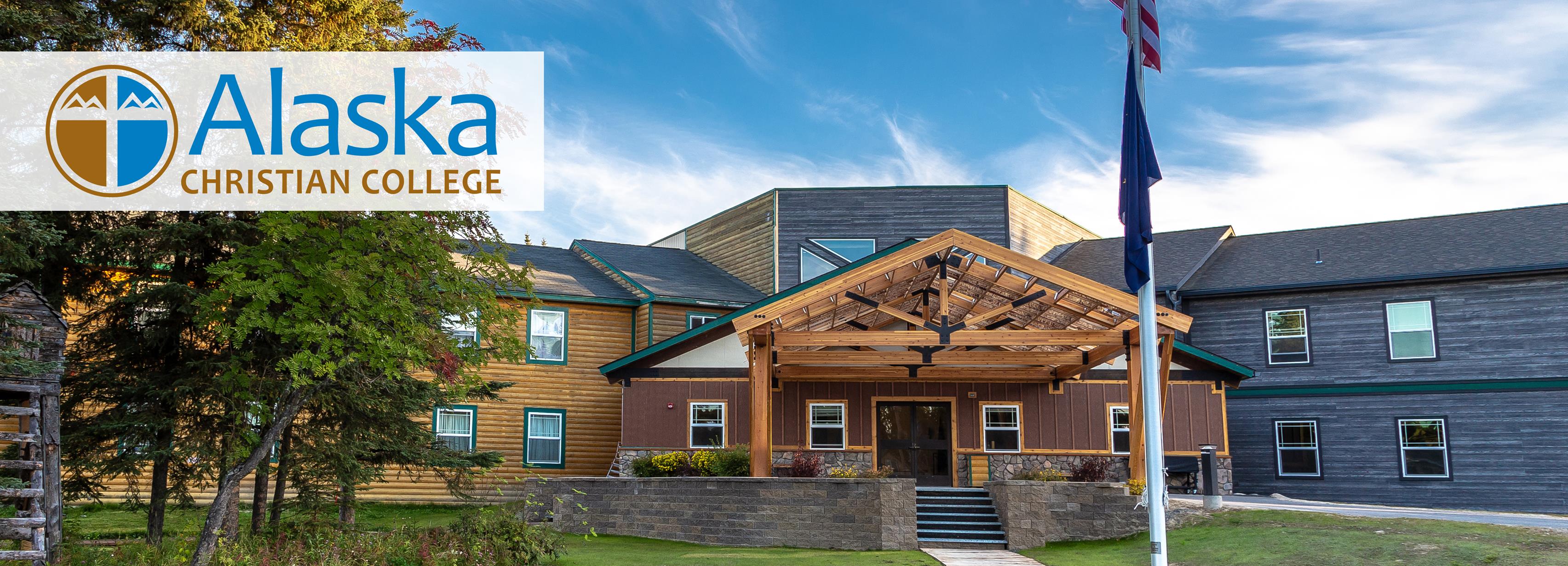Tutor.com is an online tutoring cite that allows one on one tutoring, for students to submit papers to be edited, ask math questions, take a practice test or even prepare for professional exams and college entrance test. In Alaska the one on one live tutoring is open 12-2 am, but you can drop off a paper or ask a question 24/7. One of the reasons I encourage my students to use Tutor.com is that some are extremely shy and soft spoken,(will not use our student success center), it is fabulous to have a resource that you can drop in a question or have a paper reviewed and you never have to speak face to face. For me, I have always been challenged as a speller, it is super embarrassing, but I developed tools with people I trust to work through this hurdle. I would have loved to have a resource like this while I was in college to avoid a lot of humiliation. For students who are a little more bold in communication, the practice test features offer feedback and extra support in areas that are individualized.
Pricing
For all students at Alaska Christian College this is free. There are bundles your school, district or institution can purchase or you could select individual tutoring offerings for as little as .75 cents a minute.
Tutor.com claims that 96% of their students report an increase in their grades……..I can say for any of my students who have used this tool, that is 100% the case!

